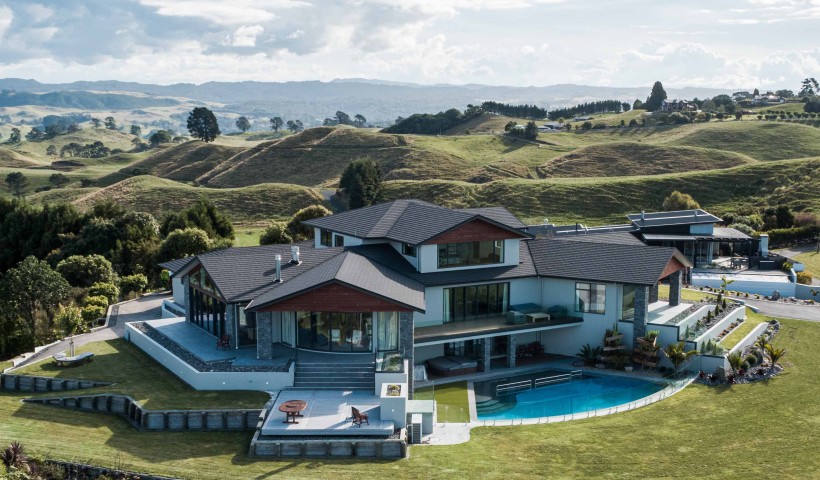
Gerard's tile profiles and roofing accessories are engineered to interlock and overlap to resist wind lifting and keep out the harsh elements. As each metal tile is fixed by horizontal fastenings into battens, each individual tile is very secure. This gives integrity to the entire roof and prevents wind uplift issues.
In high winds some vertically fastened roofs have literally been 'lifted off' the frame by wind uplift pressure. According to the NZ Metal Roof and Wall Cladding Code of Practice (v2.2 2012), "A Uniformly Distributed Load (U.D.L.), is imposed on a roof structure as a wind load taken to apply perpendicularly to the roof cladding and equally over a nominated square area and is measured in kPa = kN/m²." It also points that the wind load on a roof can be positive or negative, however, the most severe load is negative — suction or uplift load that is trying to lift the roof away from its fastenings or from the structure. A horizontal fixing approach provides significant fastener resistance to the roof structure.
Of equal importance, is the attention given to the fixing of roof battens to the rafters. A Gerard roof is engineered for Very High Wind Zones (VHWZ), in coastal regions of New Zealand, and is proven around the world to withstand extreme wind conditions.













 New Products
New Products











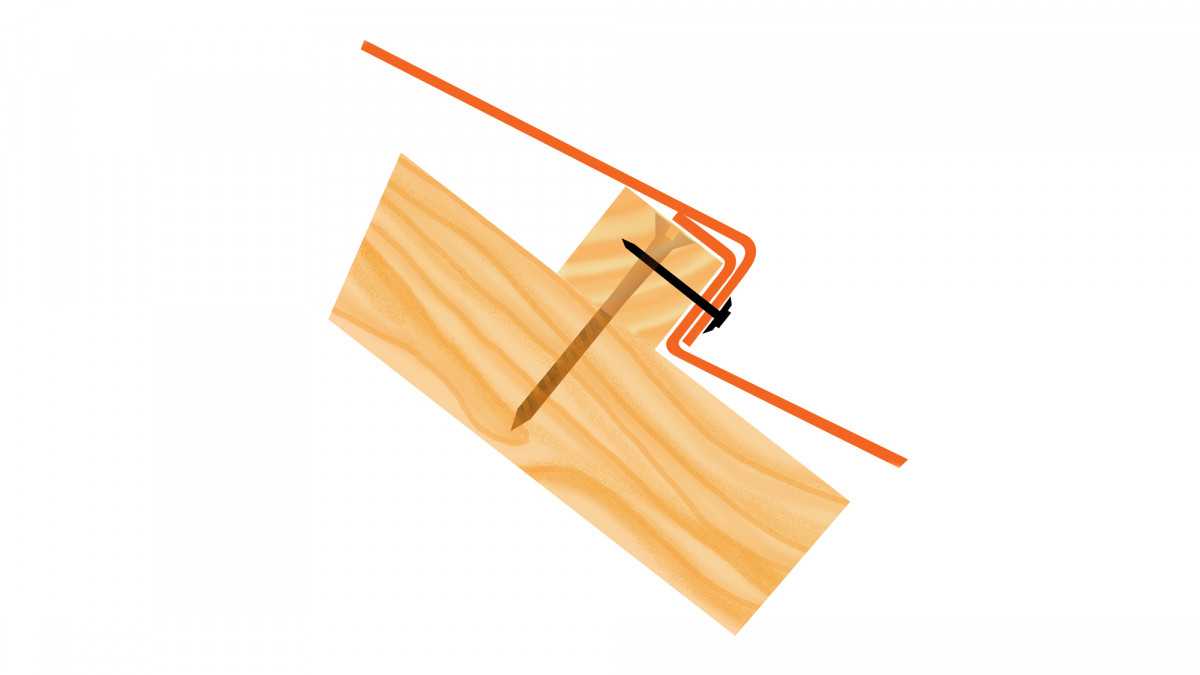


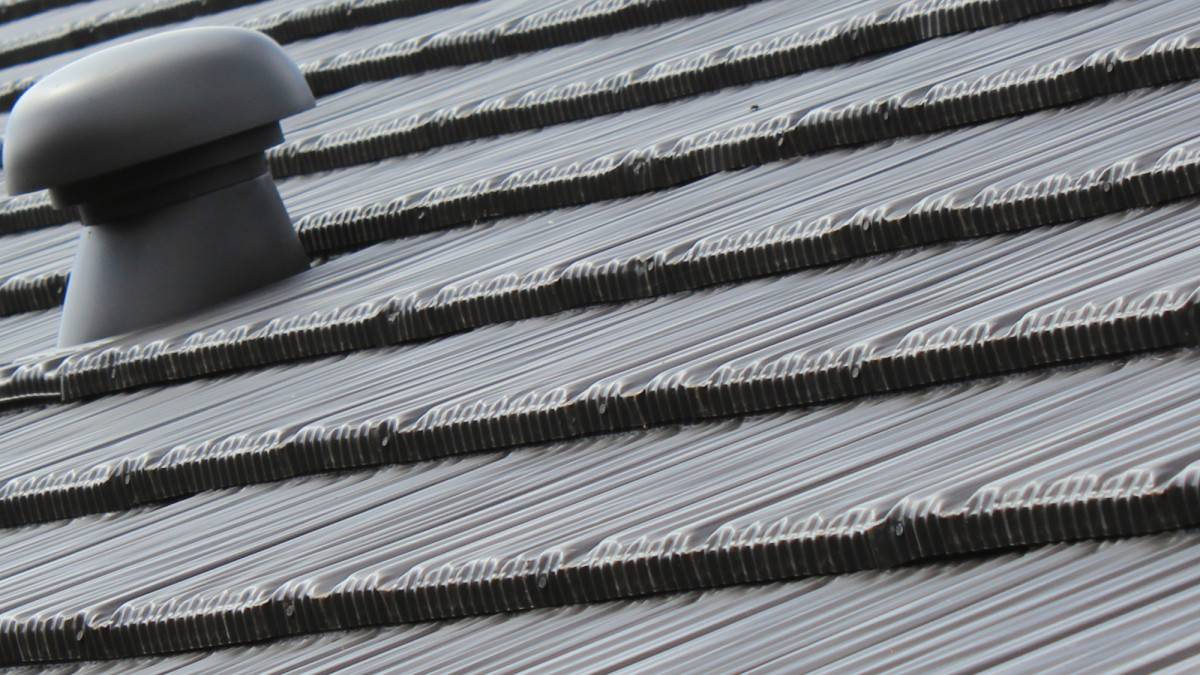




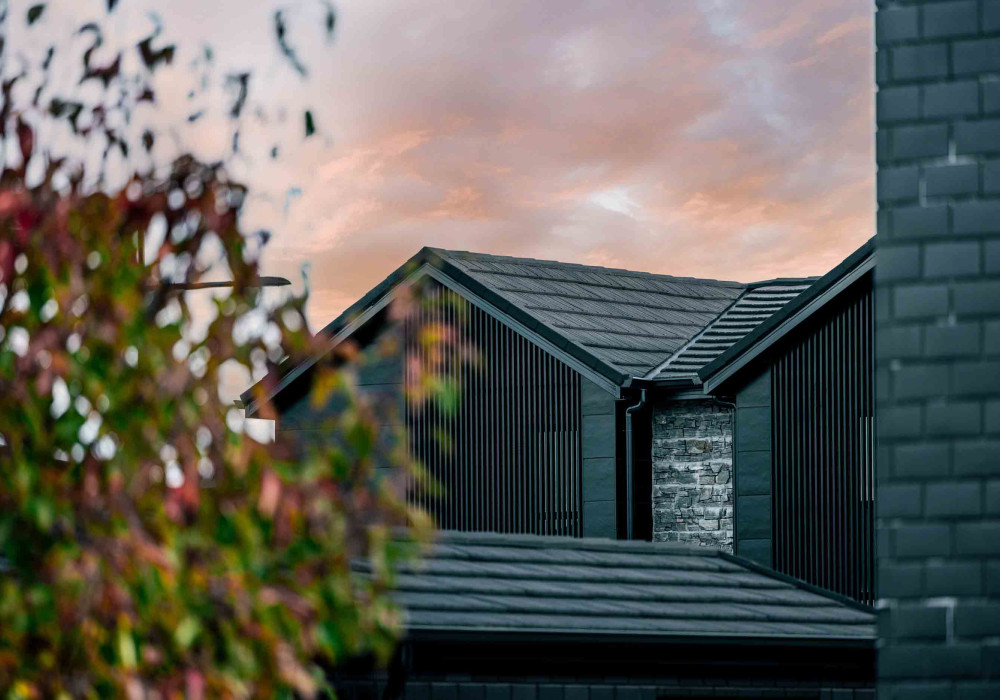

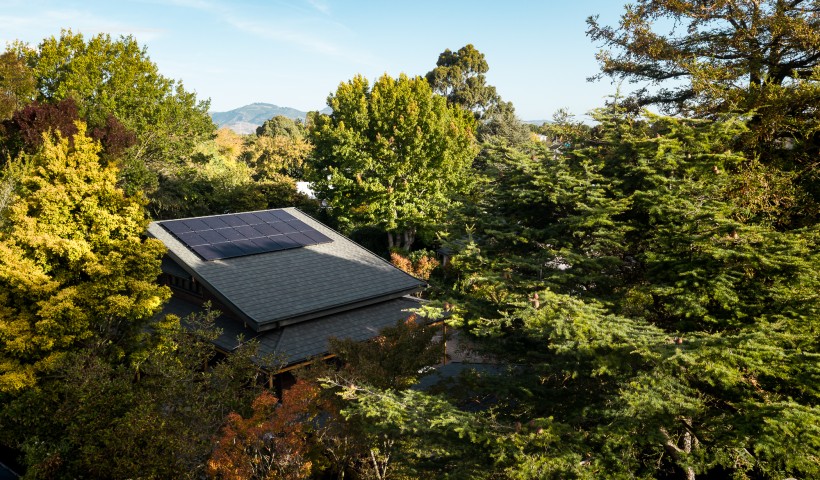

 Popular Products from Gerard Roofs
Popular Products from Gerard Roofs


 Most Popular
Most Popular


 Popular Blog Posts
Popular Blog Posts
